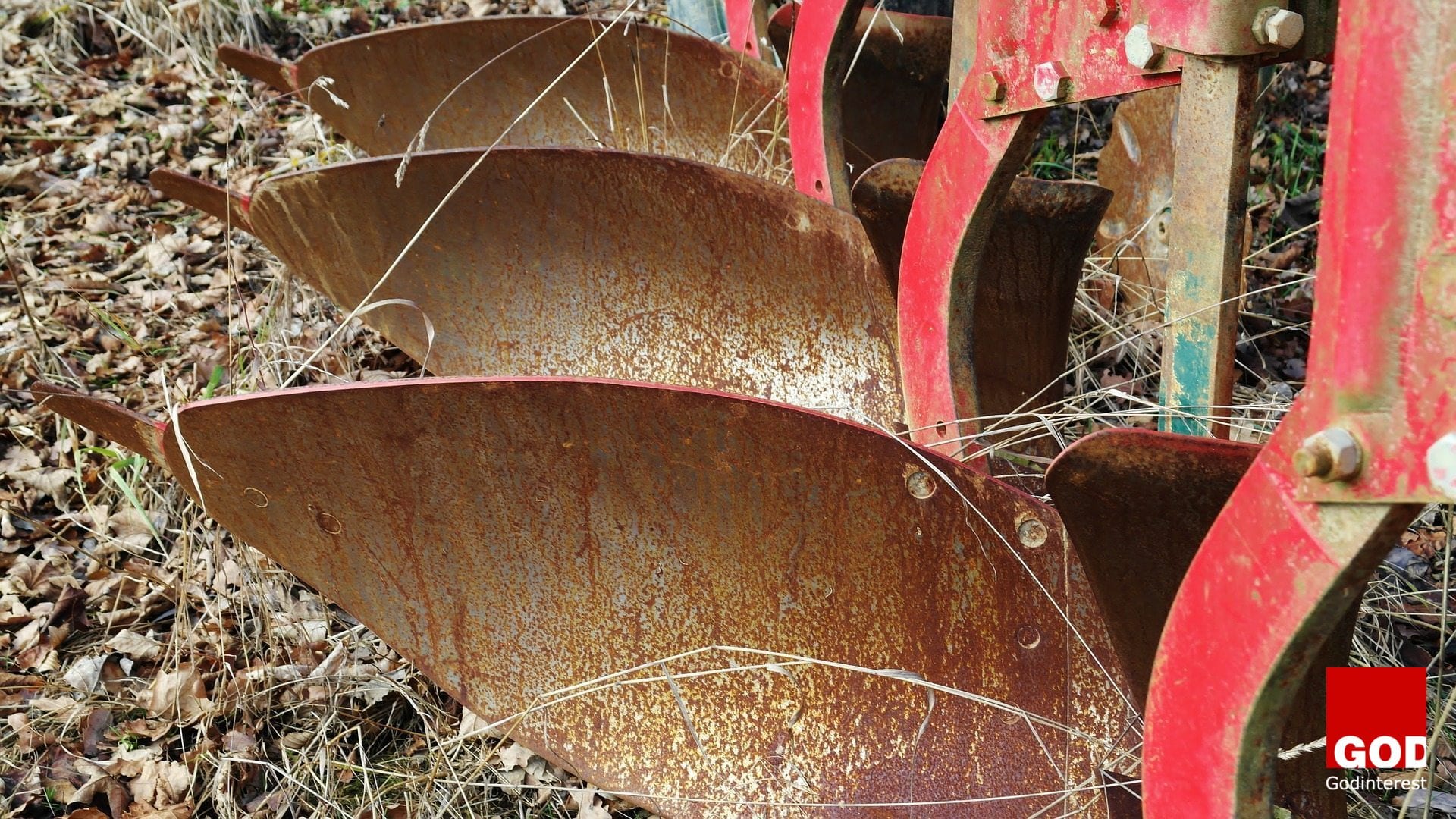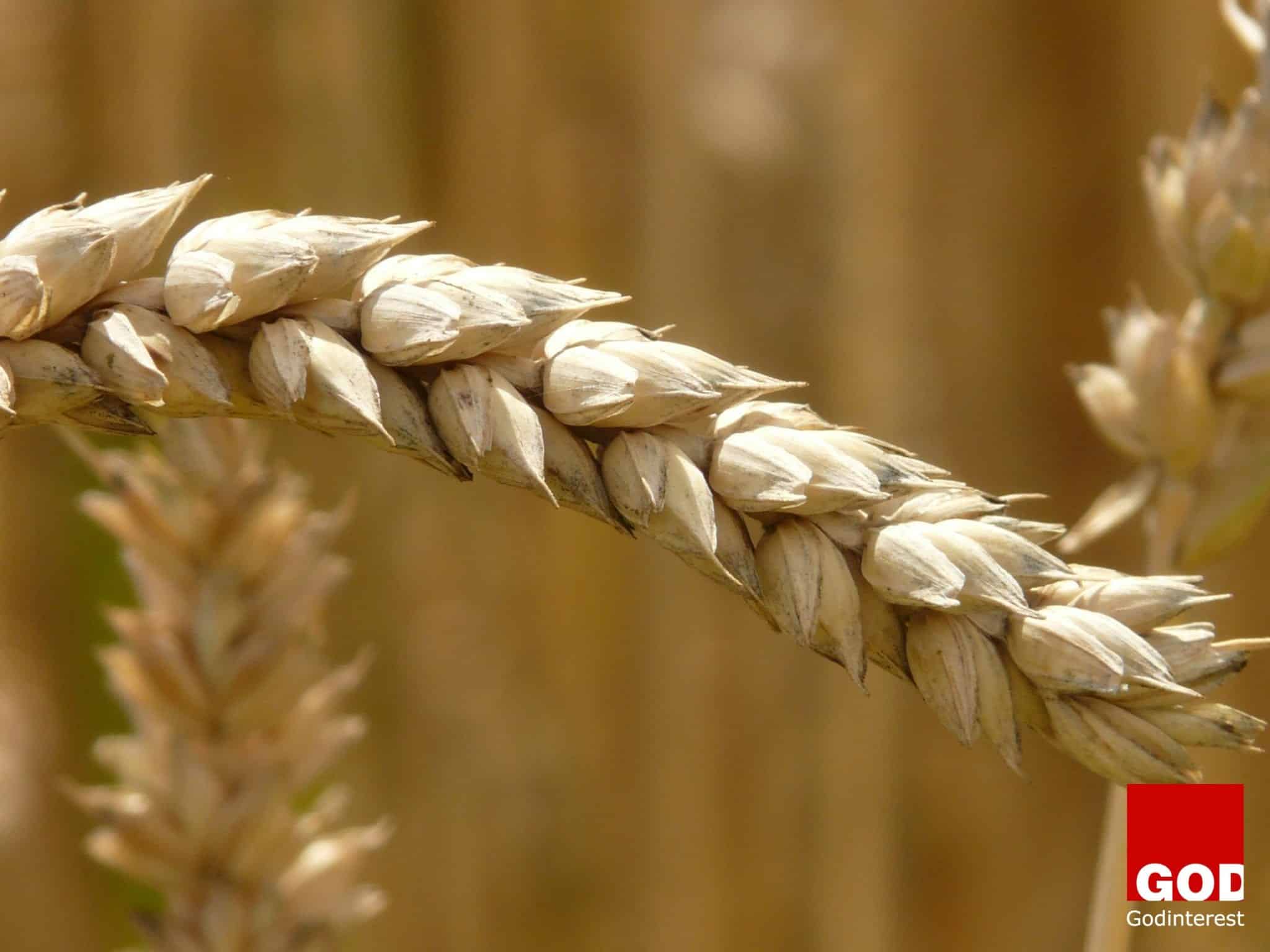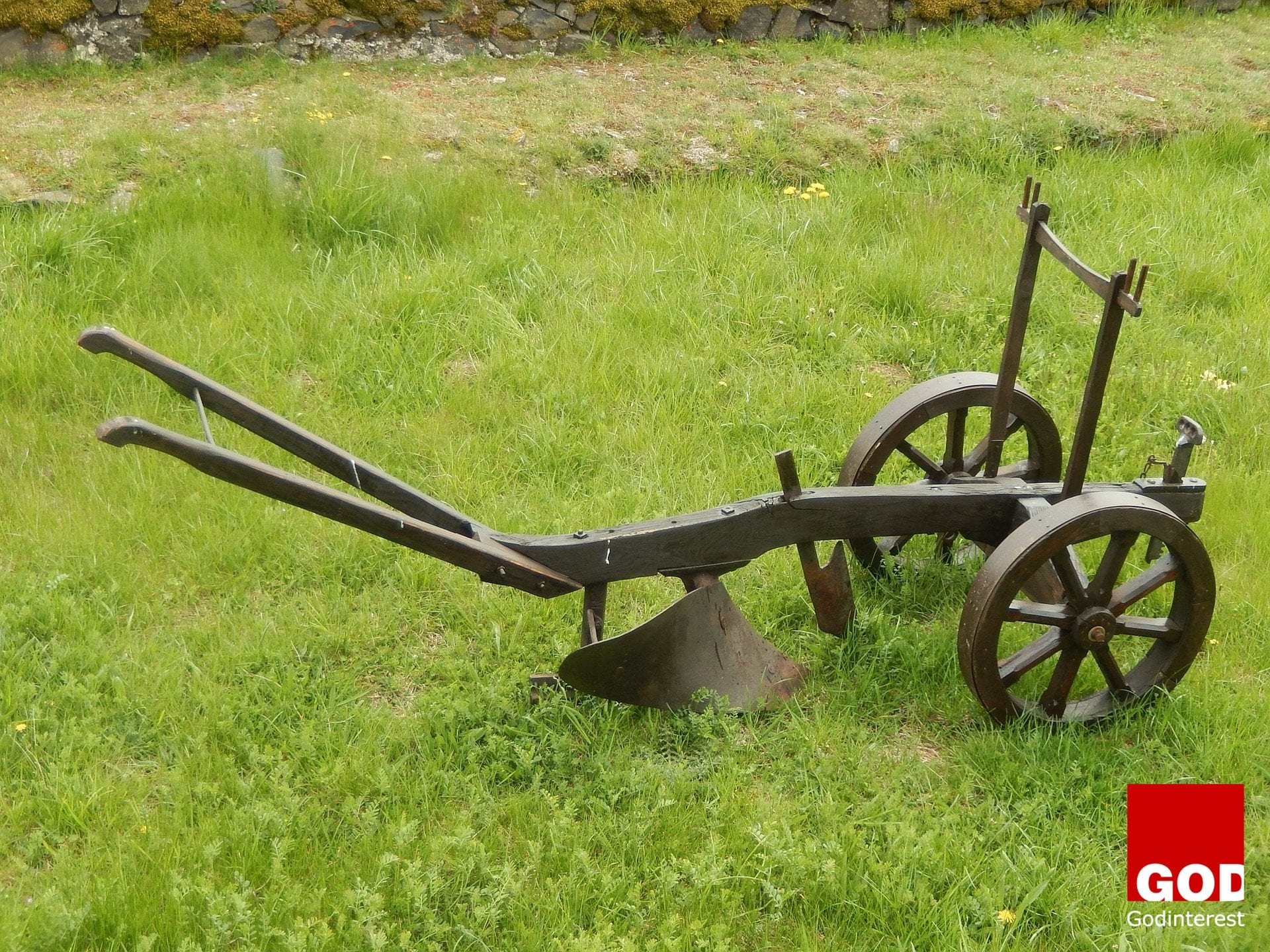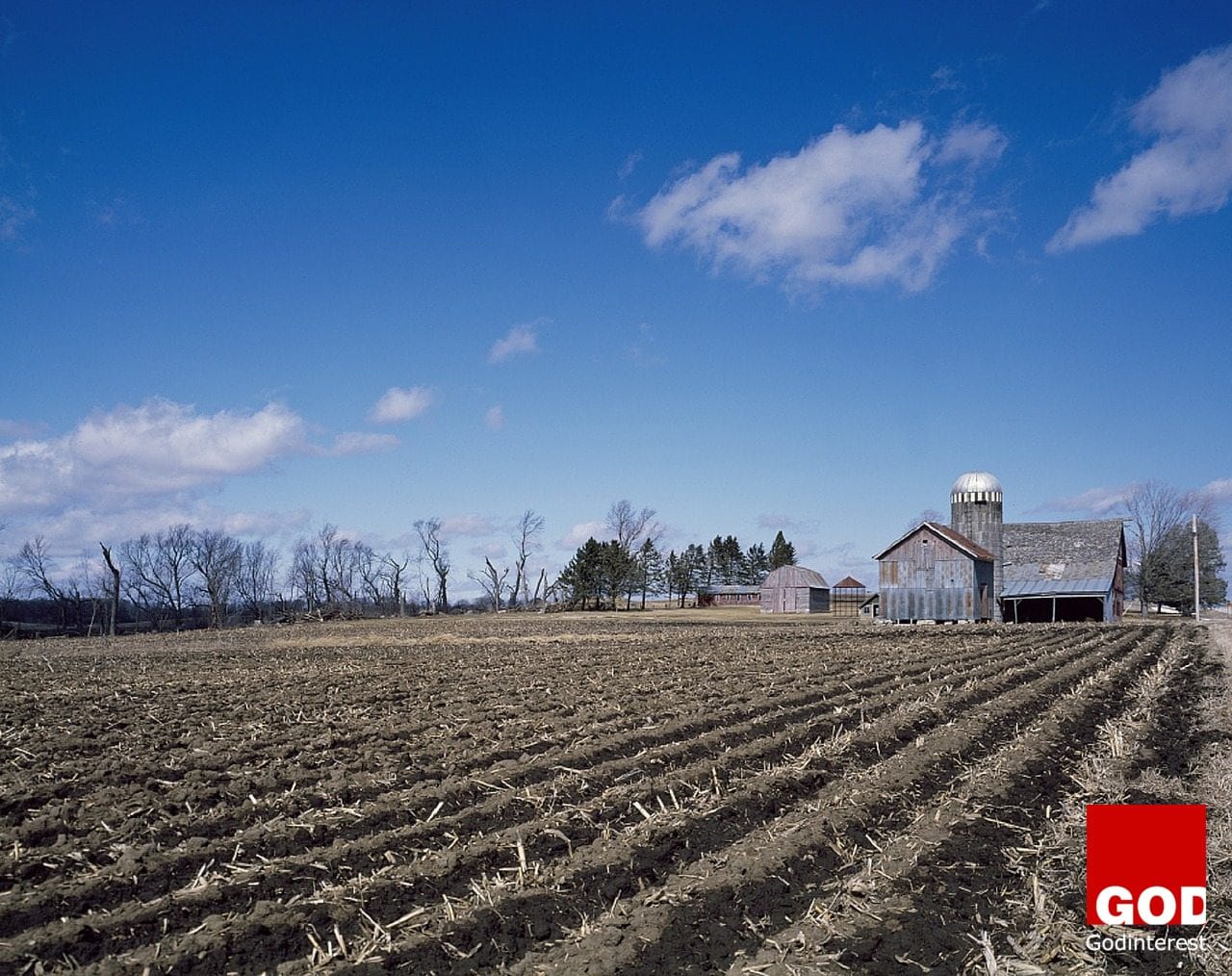There is a new movement sweeping the world leaving fields untilled, ‘green manures’ and other soil-enhancing methods with an almost evangelistic fervor.
Green Manures Are Fast-growing Plants Sown to Cover Bare Soil. Often Used in the Vegetable Garden, Their Foliage Smothers Weeds and Their Roots Prevent Soil Erosion
Soil is the ‘Skin of the Earth’ and the resource which serves as the basis for food security. Repeated plowing exacts a price but nature can heal if we give her the chance.
Soil-conservation farming is gaining converts as growers increasingly face extreme weather, high production costs, a shortage of labor and the threat of government regulation of agricultural pollution. Government surveys suggest that the use of no-tillage farming has grown sharply over the last decade, accounting for about 35 percent of cropland in the United States.
Tillage degrades soil, killing off its biology, including beneficial fungi and earthworms, and leaving it naked, thirsty, hungry and running a fever. Degraded soil requires heavy applications of synthetic fertilizer to produce high yields. And because its structure has broken down, the soil washes away easily in heavy rain, taking nitrogen and other pollutants with it into rivers and streams. Soil health proponents say that by leaving fields unplowed and using cover crops such as ‘green manures’ , which act as sinks for nitrogen and other nutrients, growers can increase the amount of organic matter in their soil, making it better able to absorb and retain water. Each 1 percent increase in soil organic matter helps soil hold 20,000 gallons more water per acre.
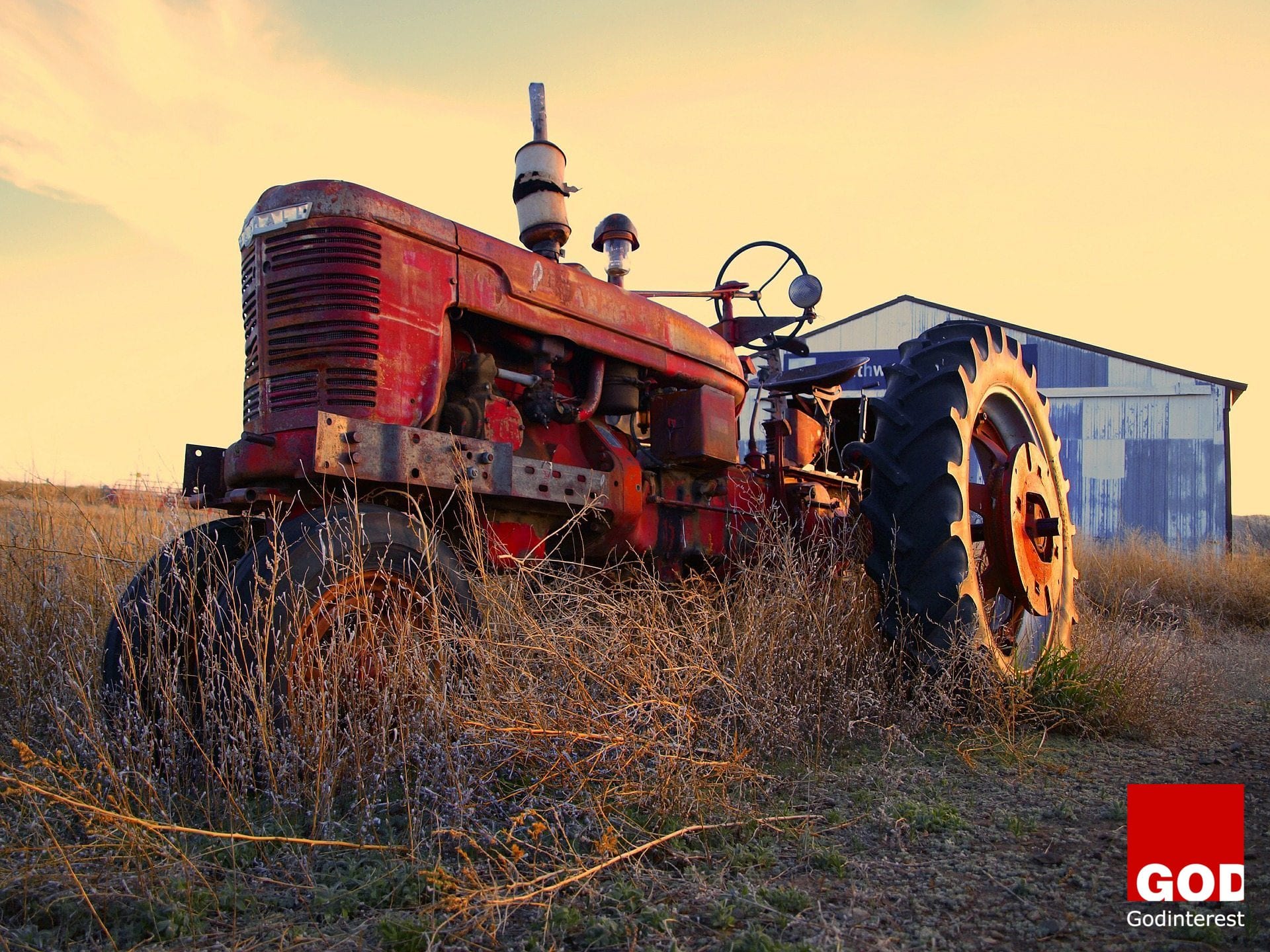
Even farmers who enthusiastically adopt no-till and other soil-conservation methods rarely do so for environmental reasons; their motivations are more pragmatic.
No Disruptive Technology Is Required to Restore Soil, Our Forefathers Have the Answer
The value of green manure was recognized by farmers in India for thousands of years, as mentioned in treatises like Vrikshayurveda. In Ancient Greece too, farmers ploughed broad bean plants into the soil. Furthermore, Chinese agricultural texts dating back hundreds of years refer to the importance of grasses and weeds in providing nutrients for farm soil. It was also known to early North American colonists arriving from Europe. Common colonial green manure crops were rye, buckwheat and oats.
One of the toughest things about learning to do no-till is for farmers to unlearn all the things that they thought were true.
Like what you’re reading? Subscribe to our top stories.


